What Hi-Fi? Verdict
The M3 is a hugely capable performer with an insightful and even-handed sound that will appeal to many
Pros
- +
Balanced, insightful and controlled
- +
Modular nature
- +
Impressive build and finish
Cons
- -
Underplays dynamic expression and rhythmic drive
- -
Remote a pricey option
- -
No wi-fi or dedicated streaming app
Why you can trust What Hi-Fi?
So, here’s a bit of background. Bricasti Design is a small, Massachusetts-based high-end company that specialises in digital and amplification components for both studio and home use. Founded in 2004, it’s still relatively young, but the people behind it have a great deal of experience in audio having worked for the likes of Lexicon and Mark Levinson over the years.
It may be hard to believe given the hefty price tag, but the M3 digital-to-analogue converter lands on the more affordable side of the Bricasti range. Reflecting the company’s work in the pro sector, this unit comes across more as a working tool than any sort of statement of luxury. This is a real point of distinction between it and most rivals, which tend to put a greater emphasis on extravagant styling or being flamboyantly built in a bid to tempt buyers.
Build
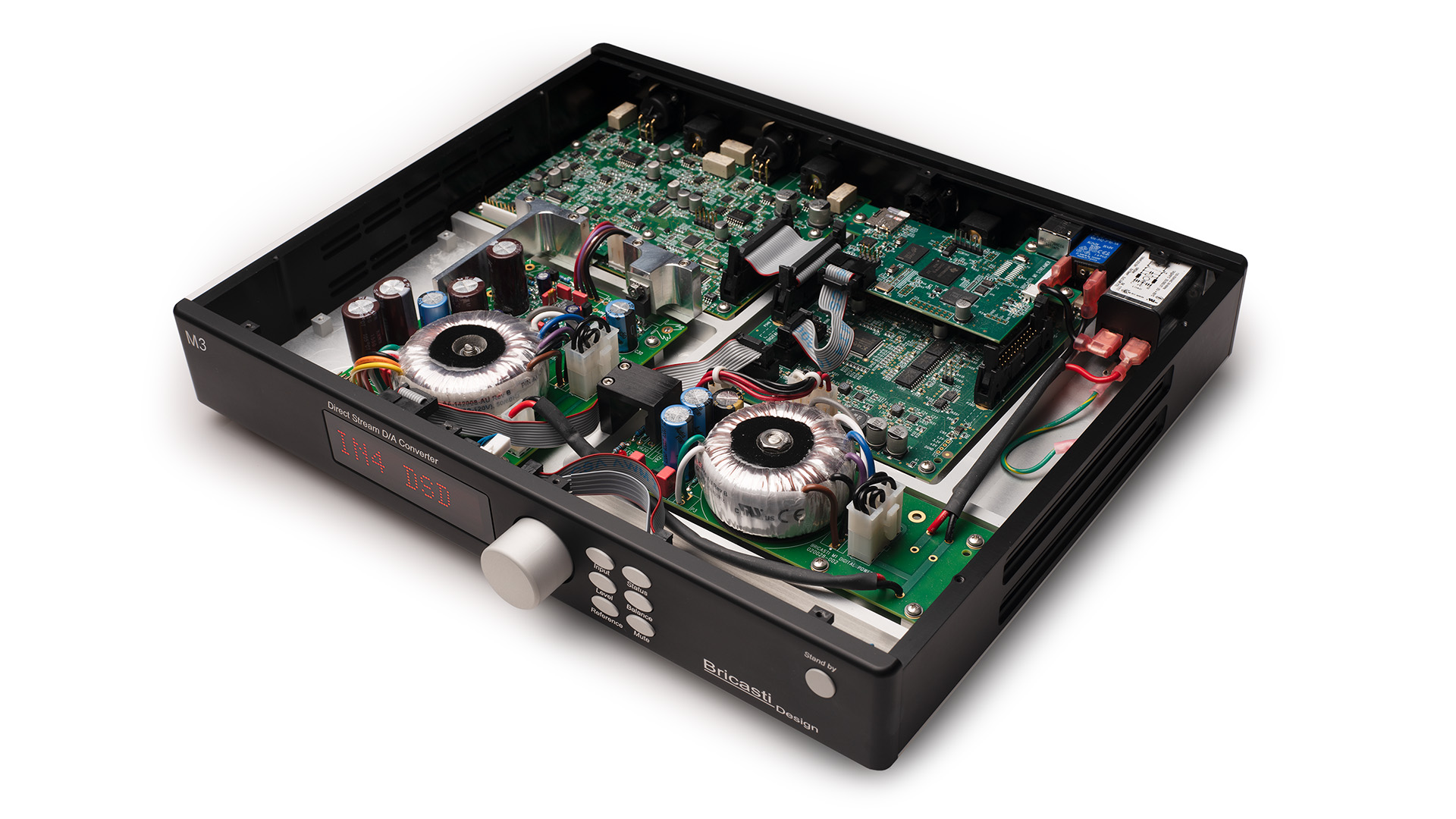
Don’t take that to mean that Bricasti has taken any shortcuts when it comes to construction and materials, though. To our eyes, this unit echoes some of the design touches of earlier generation Mark Levinson products, and that’s no bad thing.
The M3 DAC feels as sturdy as they come. Its casework uses thick, precision-machined aluminium panels, right down to the bottom plate. A careful look around the product confirms that fit and finish are straight out of the top drawer, adding to the impression that this is a component that can withstand years of use without complaint.
Take a look inside and you’ll find that the engineers have followed a distinctive path when it comes to the circuit design. PCM and DSD digital signals have separate signal paths, with a pair of Analog Devices AD1955 D/A converters coming into play for the former. The company is less forthright when it comes to the DSD circuit but does say that the M3 has a proprietary DAC solution to handle the single-bit signal. Bricasti claims that great care has been taken to minimise jitter to get the best results regardless of digital signal type.
Elsewhere, good old-fashioned analogue engineering hasn’t been taken for granted, so we have separate linear power supplies for the digital and analogue circuitry in order to reduce unwanted interactions, and a dual mono circuit design that helps stereo imaging. It’s clear that much effort has gone into reducing overall noise and distortion levels.
The M3 can be more than just a DAC, as it’s possible to add more functionality with optional modules. Our sample is equipped with the full house, meaning both headphone (£499/$500/AU$675) and network options (£1000/$1000/AU$1350) are fitted. These are available independently, allowing the user to specify the DAC to their own requirements.
Overall, connectivity is as good as we would expect. There is the usual trio of digital inputs – micro USB, coaxial and optical – and they’re also augmented with an AES/EBU input, a balanced digital connection that’s more commonly found in the studio environment than the home. Its inclusion is another nod to Bricasti’s involvement on both sides of the audio fence. Of course, there’s also an ethernet port to allow the network module to work. Oddly, wi-fi isn’t an option.
Compatibility
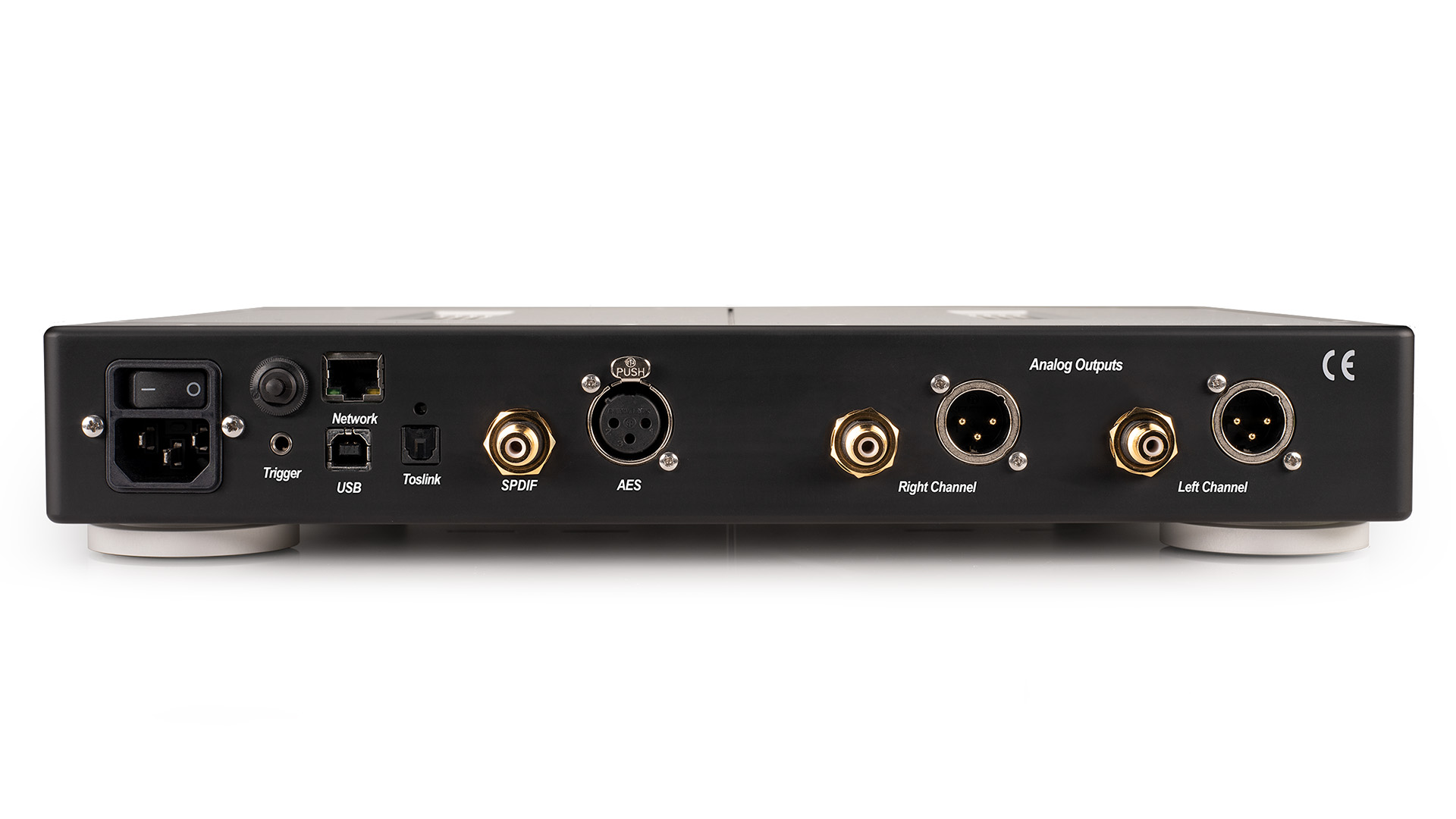
File compatibility is fine too. The USB input accepts 24-bit/384kHz PCM and DSD256 signals. The network module drops the DSD limit to DSD128, while there are the usual constraints to coaxial and AES/EBU (both 24-bit/192kHz and DSD64). Optical is, as usual, the most limited at 24-bit/96kHz PCM and no DSD compatibility.
The optional headphone module is a fully balanced circuit design and adds a 4-pin balanced XLR output alongside the conventional 6.3mm connection. During testing, it has no trouble driving the likes of the Focal Stellia and Grado RS1 to decent levels. The Focals come with the option of a 4-pin XLR balanced cable, which proves well worth using for the increase in dynamic expression and boldness that output delivers.
The network module is a pretty basic affair, being a strictly wired DLNA network player. There’s no dedicated app from Bricasti, so you’ll have to go with a third-party option to make it work. We used the full-fat MConnect app, but there are plenty of options available – many of them free. Doing things this way frees Bricasti from having to develop and maintain an app – a major undertaking for most companies, let alone one this small – but does mean that using the M3 streaming section feels less slick than the alternatives from the likes of Naim or Linn.
It comes as something of a surprise to find out that the M3’s remote handset is an optional extra. At £499 ($500/AU$679) it’s a pretty pricey proposition and should really be included in the price. Maybe Bricasti thinks that a significant number of customers will use the M3 in a desktop context, therefore making a remote redundant. Still, it seems a bit mean to us given the price level.
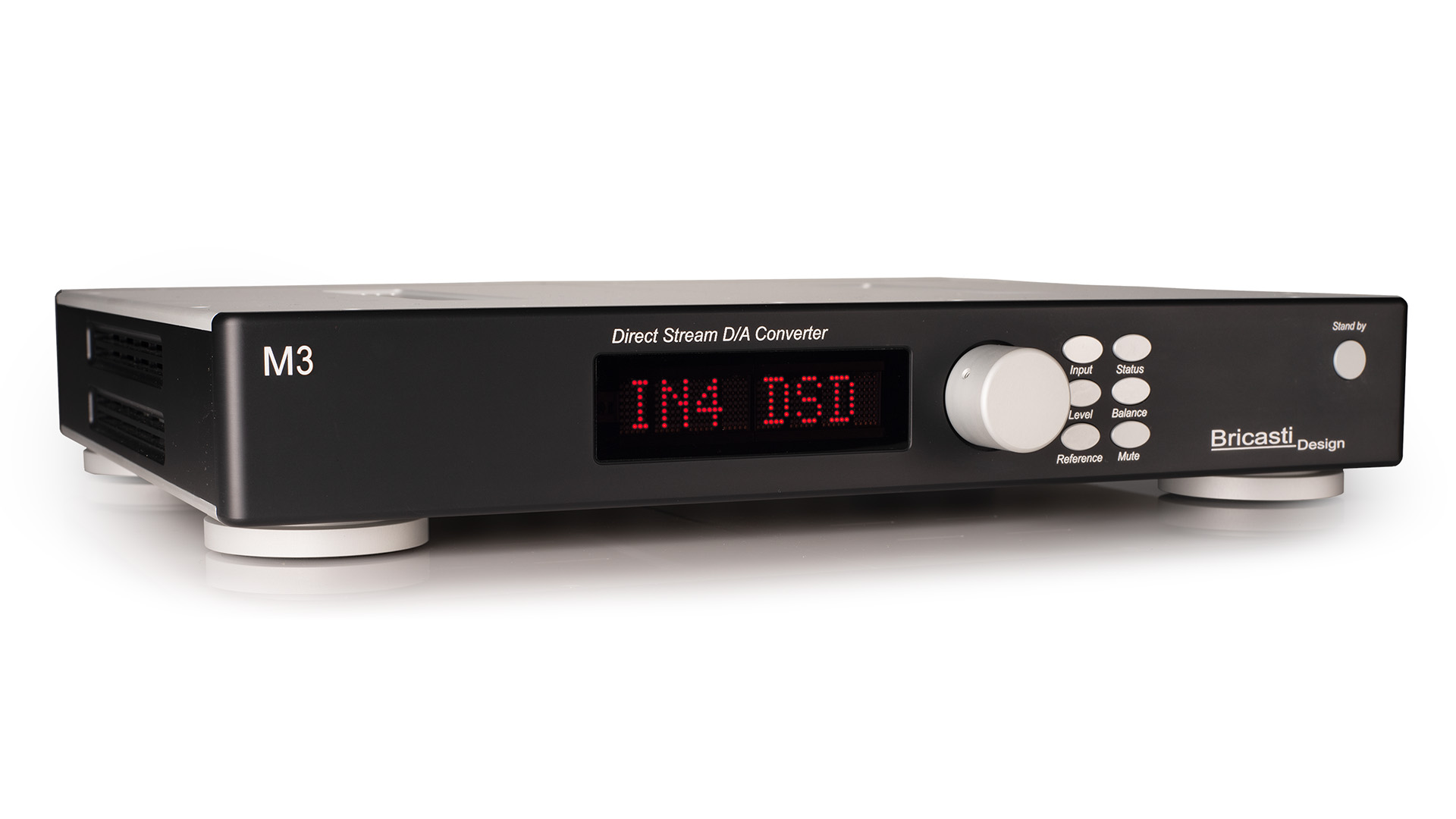
Inputs Coaxial, optical, micro USB, AES/EBU
File support 24-bit/384kHz, DSD256 (USB)
DAC PCM 24 bit delta sigma 8x oversampling, NDSD pure 1 bit conversion for DSD
Outputs Balanced XLR, RCA
Headphone output 4-pin balanced XLR, 6.3mm
Dimensions (hwd) 64 x 356 x 286mm
The M3 is easy to use. Its control layout is simple with the smooth-turning rotary control being used to alter volume level or work through the relevant menu options depending on the function button pressed prior to its rotation. The unit’s display is relatively large and easy to read from the other side of our test room. Our only complaint regarding usability is that it takes an awful lot of dial turning to make large volume changes. Other products have controls where the rate of volume change is proportional to the dial’s turning speed. Something like that would be useful here.
The six function buttons are pretty much self-explanatory bar possibly the Status button that (using the rotary control) toggles through the input signal resolution, choice of minimum phase or linear filters (depending on system and taste), the internal temperature reading and software version, among others.
The other unusual function button is labelled Reference. This is a memory setting that recalls a user-set volume level when pressed. We can’t see much point in having it in a home context, though freely admit that there could be specific circumstances and contexts where it could be useful.
Sound
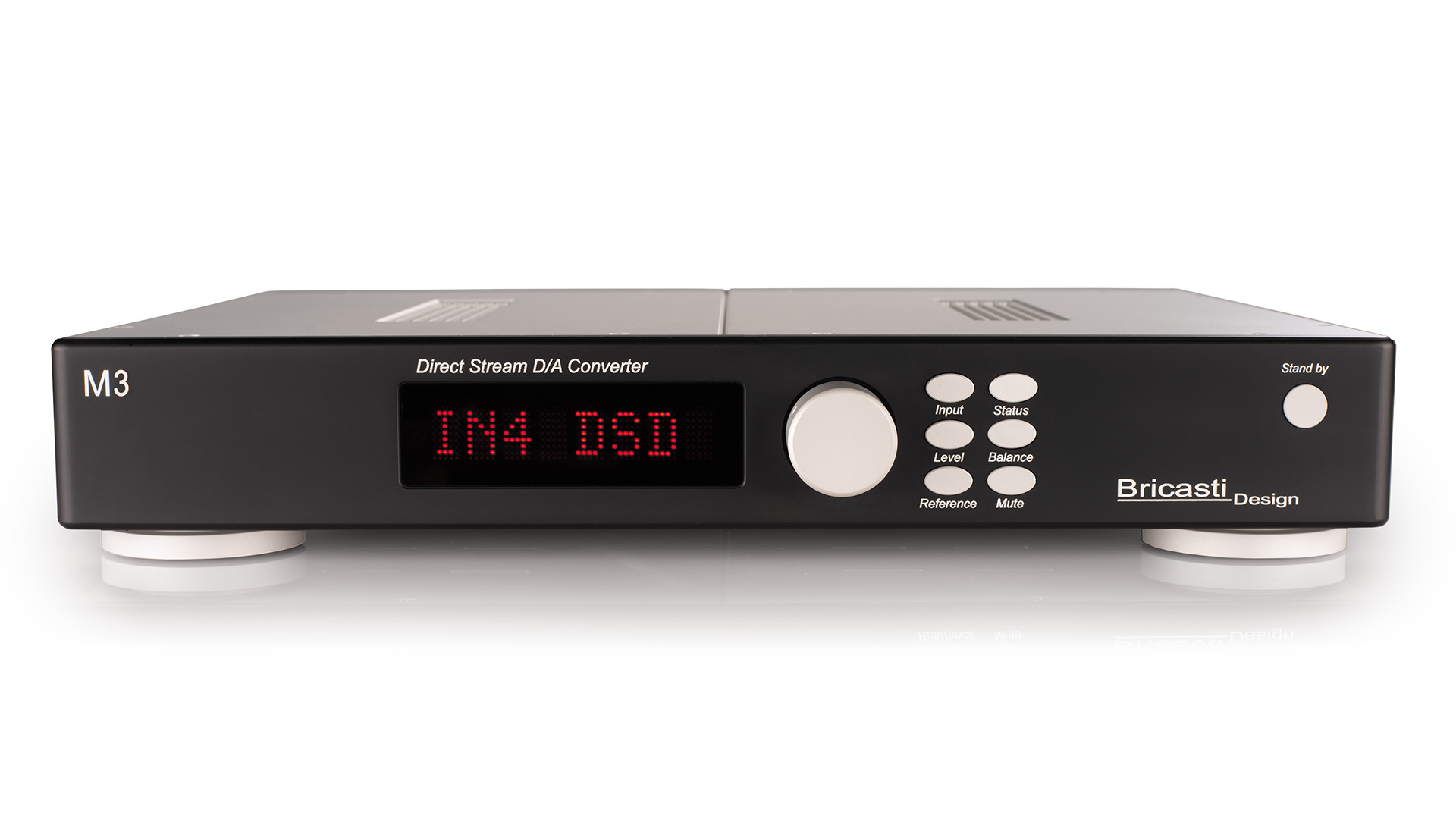
A product at this level positively demands a top class partnering system. We use our usual reference Burmester 088/911 Mk 3 pre/power and ATC SCM 50 speakers for testing, with the Naim ND555/555 PS DR music streamer acting as a digital source. We also use an Apple MacBook loaded with Audirvana music playing software and plenty of hi-res music of both the PCM and DSD variety to gauge the quality of the M3’s USB input. We have a couple of music servers on hand – Naim’s Uniti Core and Melco’s N100 – both packed full of music files of various resolutions to test out the network playing module. Lastly, the aforementioned Focal Stellia and Grado RS1 shine a light on the M3’s headphone capabilities.
We give our M3 review sample a few days of use before starting the formal process of testing. It doesn’t take long to realise that those looking for an overtly exciting presentation won’t find that here. This Bricasti doesn’t set out to flavour the sound to add to the entertainment. Regardless of input, it renders music in a slightly detached, analytical manner that takes a little while to warm to. Once acclimatised, we appreciate the even-handed manner of the sonic delivery.
It starts with a neutral tonal presentation that refuses to emphasise either tonal extreme in a bid to add more sparkle to the sound and continues with an unshakable composure that allows the M3 to retain control and stability – even when asked to play something as demanding as Stravinsky’s The Rite Of Spring.
Here, the DAC delivers a sea of fine detail and manages to organise it in an understandable and cohesive way. It’s easy to track low-level instrumental strands during the dense parts of the symphony and it's a pleasure to hear the natural and convincing rendition of instrumental textures.
Given a suitable recording, this DAC has no trouble rendering a wonderfully expansive soundstage; one that’s packed with precisely located and believably layered instruments. The stereo imaging is wide and airy, laying the orchestra out in front of us with a pleasing sense of scale. There’s nothing that seems artificially hyped about the Bricasti’s presentation – it’s proportional and unforced.
We can easily understand how such a controlled and balanced presentation has so much appeal when used in a studio context. Any changes in the recording would be readily conveyed, making the job of the engineer that bit easier. That same engineer would be equally happy that there isn’t a trace of excess harshness unless it’s already in the recording, and that makes this a product you can sit in front of for hours without fatigue.
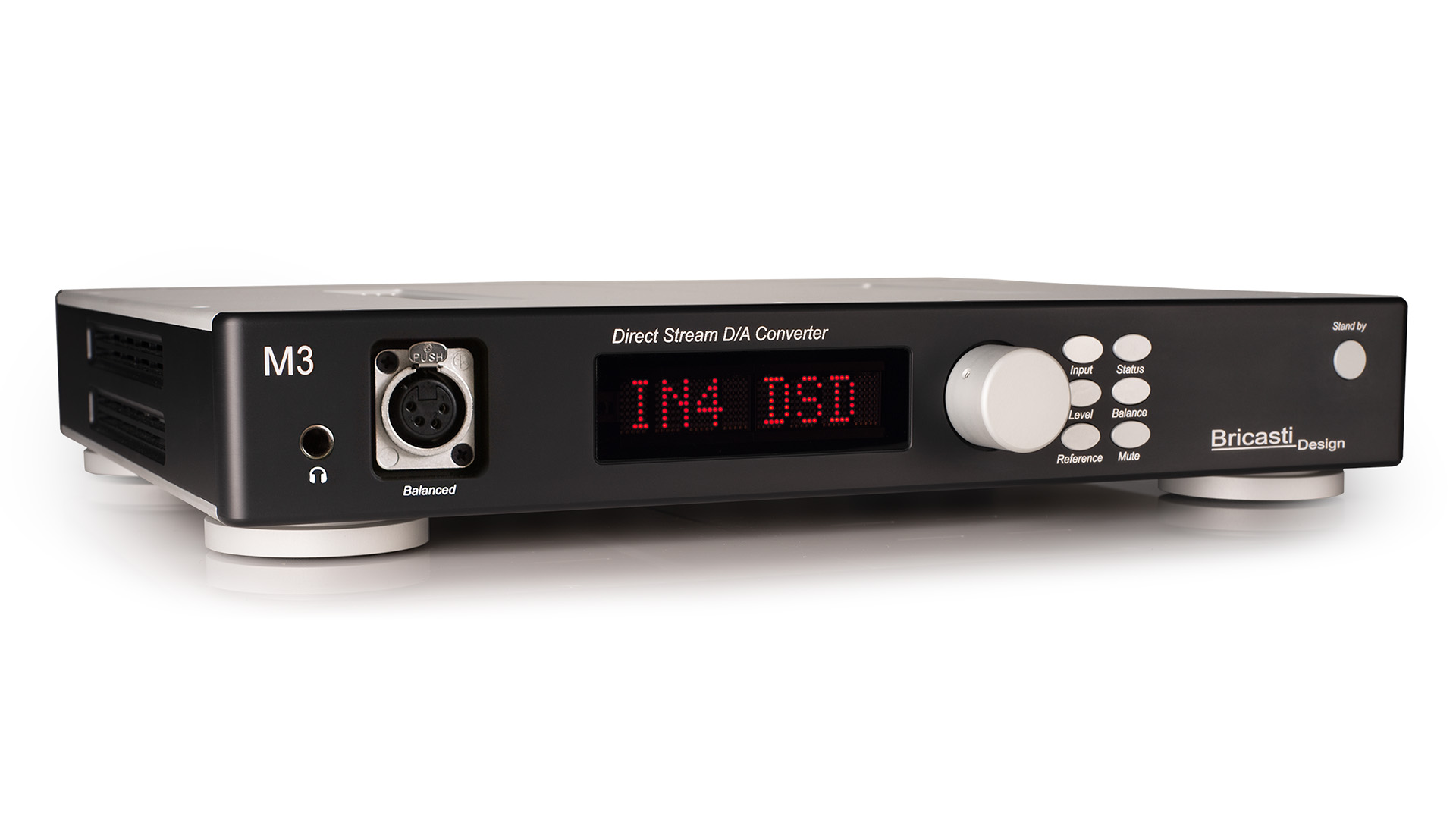
Good as the Bricasti is, there is room for improvement. Judging by the highest standards, we would still like a little more in the way of dynamic expression. There are occasions where we know that the original recording has more in the way of punch and attack but the Bricasti just underplays things a little. The Stravinsky symphony can be savage in its dynamics and rhythmic drive, but through the M3 it sounds a little more restrained than it should be.
We notice the same kind of thing when switching to Radiohead’s In Rainbows album. The Bricasti dutifully lets us analyse the recording – and make no mistake, it is very good at that – but doesn’t quite communicate the energy in the music with the forcefulness it deserves. It’s as though Bricasti’s engineers have decided that information retrieval trumps musical enjoyment. In our experience, the very best DACs we’ve heard at this level, such as the Chord Hugo TT2, manage to do both.
The optional network module does its job unobtrusively and, unlike some we’ve tried, doesn’t let the side down. It streams music files across our network in the same even-handed, controlled and composed manner we hear through the digital inputs. Given the relatively affordable price of the module, it’s something we would recommend going for if you don’t already have a quality streamer. We’re equally positive about the headphone option. This is quiet with low levels of background noise and drives both our headphones to high levels without strain. Best of all, it loses nothing to the M3’s line outputs when it comes to transparency or insight. We would tick this box too.
Verdict
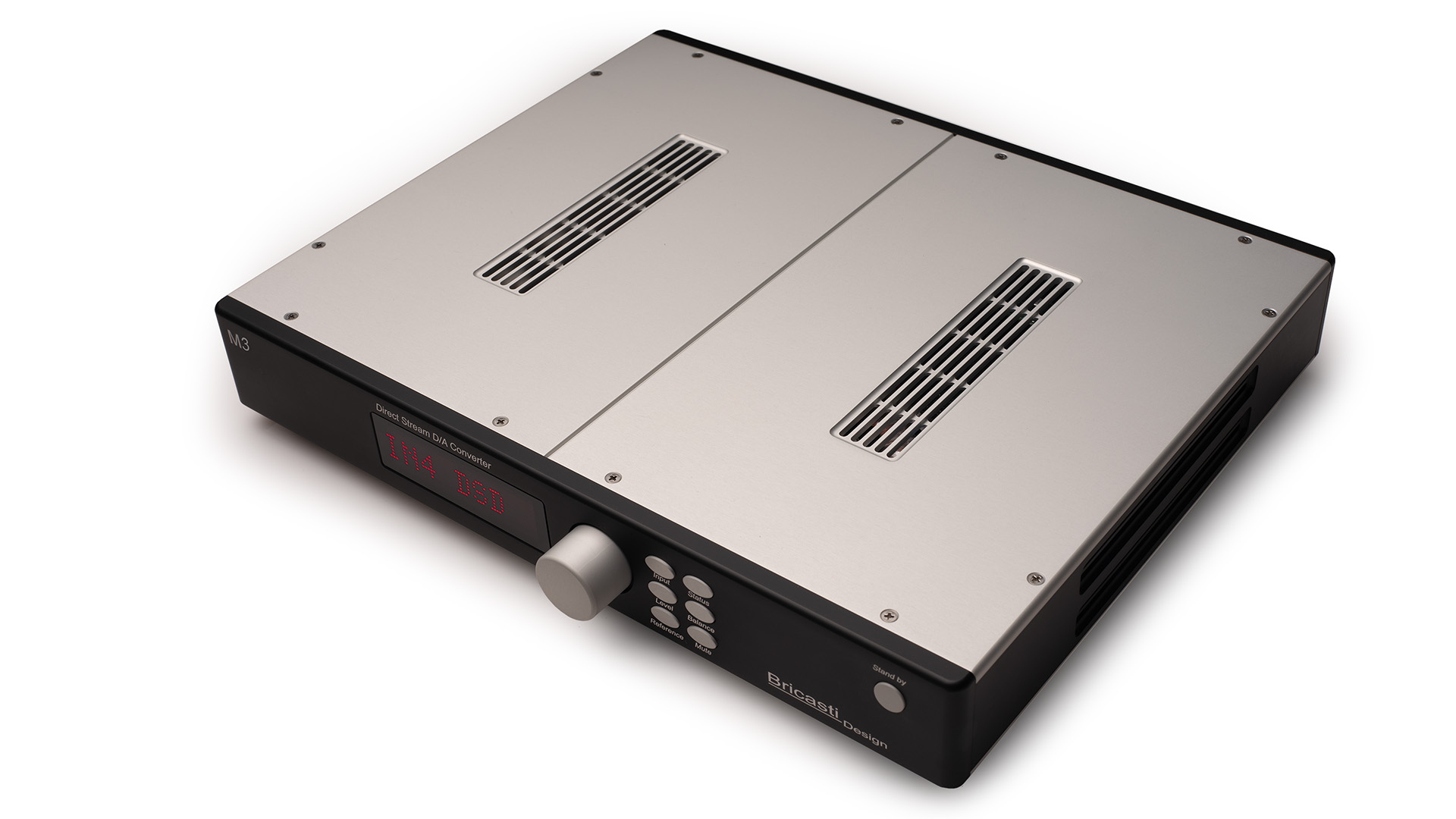
The Bricasti Design M3 is the kind of product that takes time to appreciate. Its unvarnished presentation doesn’t have the thrilling nature of the sound delivered by some rivals, but a longer listen brings its insight and impartiality to the fore, and these are important qualities in music replay. If you’re interested in dissecting a recording's production, this is certainly a product to consider.
SCORES
- Sound 4
- Build 5
- Features 4
MORE:
Read our review of the Naim NDX 2
Also consider the Chord Hugo TT2
Read our Chord Hugo 2/2go review
What Hi-Fi?, founded in 1976, is the world's leading independent guide to buying and owning hi-fi and home entertainment products. Our comprehensive tests help you buy the very best for your money, with our advice sections giving you step-by-step information on how to get even more from your music and movies. Everything is tested by our dedicated team of in-house reviewers in our custom-built test rooms in London, Reading and Bath. Our coveted five-star rating and Awards are recognised all over the world as the ultimate seal of approval, so you can buy with absolute confidence.
-
Tom D I’m very surprised about the review findings, in regards to the M3’s dynamic capabilities and musical enjoyment.Reply
As proud owner of an M3 Streamer/DAC/Pre-amp, I had deliberately chosen the Bricasti M3 for its capabilities in general at that price level and certainly its micro and macro-dynamics.
It is fantastic how the M3 expresses the dynamic interaction between the musicians. How it makes you understand the musical language the musicians speak amongst each other. Their miniature changes in peace, answered by the other musicians.
How the music scene can burst of energy. But, also how silent it becomes when the musicians slow down before their next energy burst. Your body and emotions start following that exact movement.
In my setup, it sounds the exact opposite to “restrained”. To me, it reveals a unique musical enjoyment.
My humble advice:
The M3 reveals so many fine details and dynamics, that the orientation of the power plug has a huge impact on the M3’s emotional expression. The magic only happens with the right orientation of the power plug.
New out of the box, my M3 had to play 24/24 during 4 weeks before the M3’s magic was fully there.
Use a high quality power cable, as it makes a huge difference with the M3. I use the Furutech DPS-4.1. It makes the M3 sound like each instrument has its own power cable.For your information: I use the M3’s built-in pre-amp (not mentioned at all in the review), so it is directly connected to my KR Audio Kronzilla SX power amp. This saved me a significant investment in a pre-amp, making the M3 an incredible value for money streamer/DAC/pre-amp with extreme build quality for that price.
I don’t know what happened during the review, but the dynamic capabilities and musical enjoyment were key reasons for me to buy the M3 (against 6 other DAC’s from 4000€ to 9500€). Congratulations to Bricasti! -
Zorbs152 I'm with Tom D above. Was looking for a replacement to my QBD76HD for years and tried both Chord Dave and TT2 at home extensively but couldn't live with either. The Dave was dull and the TT2 detailed but harsh, hollow and un-musical - I actually preferred my QBD (using balanced outputs) to both! After trying other DACs a dealer suggested the Bricasti and I've never looked back - it's the most like my turntable yet and also sounds amazing with headphones.Reply
Don't be put off or follow the crowd - give the M3 a try. You also get an upgrade path with Bricasti that protects the value of your investment. PS also make sure you get the ethernet version as it's a big improvement over the USB. -
Russdllbobby Not sure what the reviewer was listening too but this is the opposite of what I find with the M3. Its a great DAC with huge stage. Cabling is everything and maybe his synergy isn’t proper. Try to audition in your own system if possible.Reply

